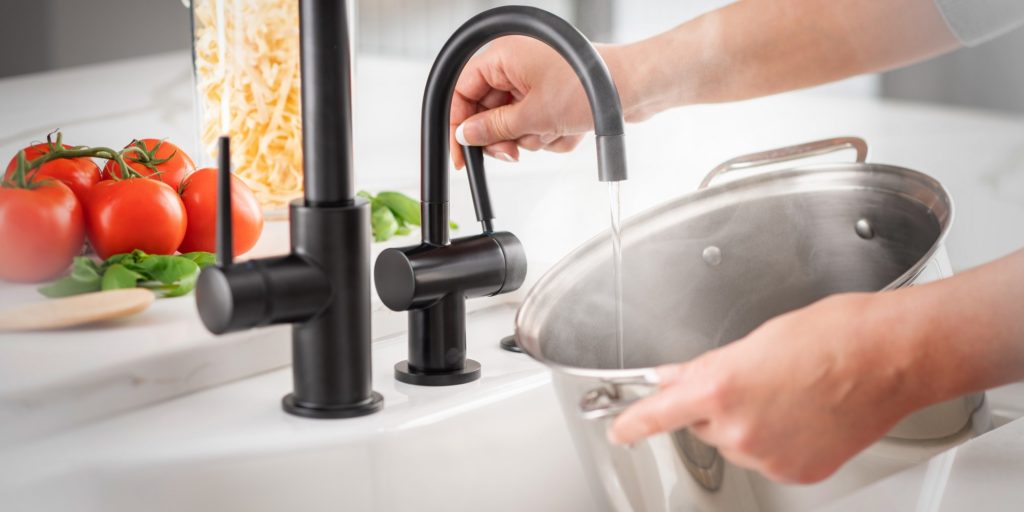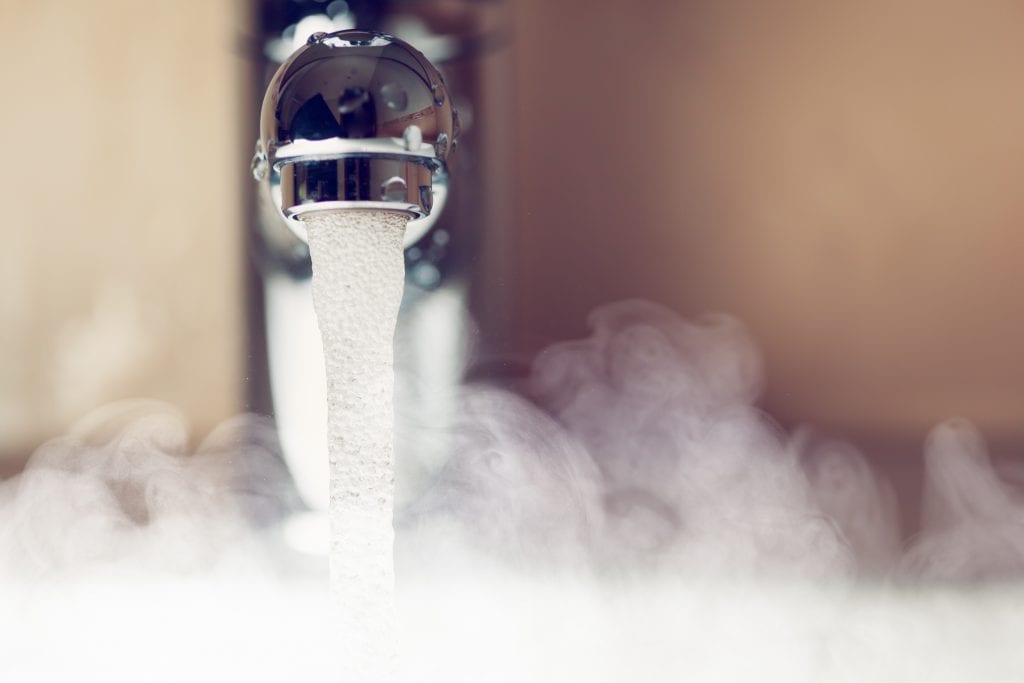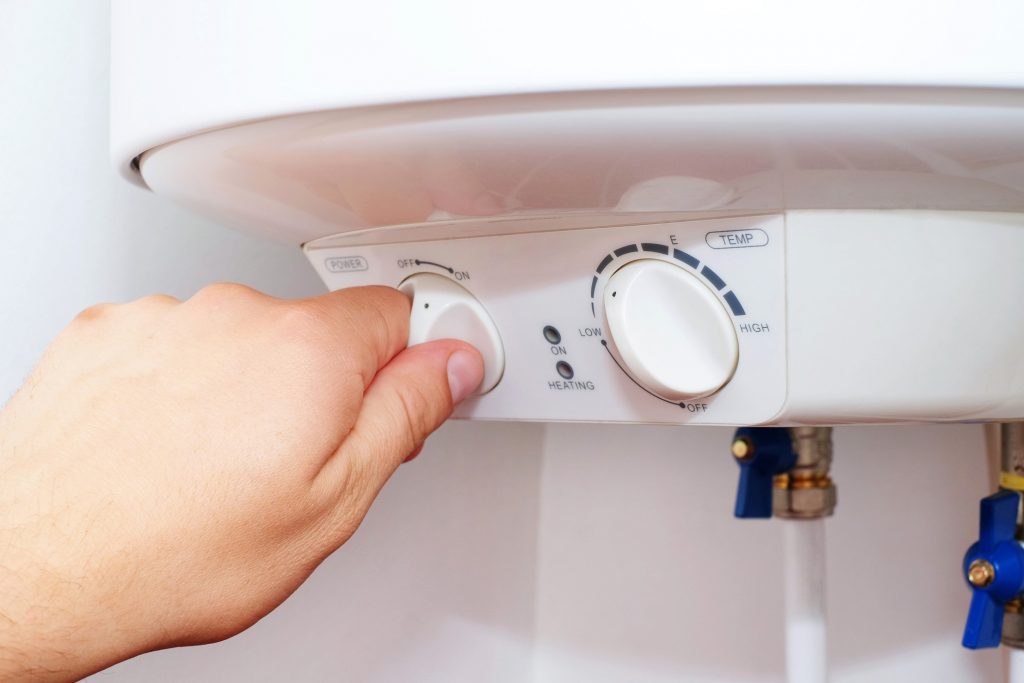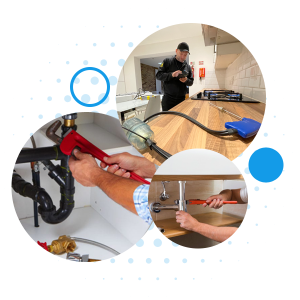Domestic services
Hotwater heater Problems Solutions and tips
have a question we have the answers.
have a question we have the answers.
have a question we have the answers.
Hot water is something we tend to take for granted and expect to be available when we need it. If you have a combi-boiler, you’ll be used to having on demand hot water day and night, whilst those using a conventional or system boiler will know when to expect a supply of warm water to be available for bathing, showering or washing up.
If you are expecting warm water from your taps only to suddenly discover that there is no hot water, it can be both unpleasant and inconvenient. This guide will help you to identify and solve common causes for hot water problems.
Many people call us at Pace out to fix hot water problems. It really isn’t hard to do yourself. Just follow these simple steps that apply to normal hot water heater boilers, vented and un-vented cylinder tanks. You will need some general hand tools. Should you feel stuck after trying the steps below you can count on Pace

Engineer will call to confirm time service call

Engineer perform diagnostics service Identify and list any problem he finds

With your approval repair identified problem provide you with a written report
The first thing you should check if you have no hot water is whether or not your boiler is working. Depending on the type of boiler you have, the first sign that your boiler is not working will often be a change from the usual display colour along with an error code.
To find out what the error code means, consult your boiler manual
Some fault codes can be easily rectified yourself with a simple boiler reset, whilst others may need professional attention. If you are not sure how to fix the fault code, it is recommended to contact Pace engineer for advice.
If there is no display on your boiler, this may indicate that the problem is with your power supply – checking to see if you have electricity to your lights and sockets will quickly confirm this. You may also want to check your main fuse box. If you have experienced a recent power cut, this may have also affected your boiler settings.
Also make sure there is a water supply – if no water comes from the taps, there may be a temporary supply interruption. Whilst this may seem obvious, it is easy to overlook in the heat of the moment.
Finally, make sure you have a gas supply by checking other appliances such as your gas cooker.
Water and heating – not heating only. There is always a possibility that the settings may have been adjusted without your knowledge or by mistake. Also check that the hot water is set to a reasonable temperature.
Another factor to consider before calling a Pace engineer is to check your timer. This may have been affected by the clocks changing, power supply, back-up batteries failing or even somebody altering the settings without you knowing.
It should be easy to see at the timer control panel if the boiler is currently active for hot water. If you are not sure, check your timer manual.
If you are confident that your hot water problem is not caused by one of the above problems then it may be advisable to seek help from a Pace engineer. You may wish to look at the following options if you feel confident to do so.
If your home runs on a combi-boiler, then low pressure may be the reason for your lack of hot water. The water pressure for a standard domestic boiler is usually around 1.5 bar and will be displayed on a gauge, usually located where the water supply pipes are connected to the boiler.
If your pressure is below the normal operating range, follow this guide to re-pressurise.
Important: Be sure to consult the operating manual first to ensure that you are able to re-pressurise the boiler yourself. If there are no instructions for this or if you have any doubts, Call us at Pace for assistance.
Only attempt to re-pressurise the boiler if your manual indicates that it is safe to do so and you are comfortable performing this task yourself. The following steps should be followed:
If you continue to experience problems with your boiler losing pressure, Call a Pace engineer
A leak in either your heating or hot water system can cause a fall in pressure and result in a lack of hot water. Leaks can also cause other problems associated with damp which may lead to significant damage. Look for patches on ceilings, peeling or flaking paint on or around pipes, swollen woodwork and mould patches.
Leaks often occur at joints in pipework which are usually visible, so these are a good place to start. Take care not to mistake condensation for a leak.
If you have a conventional system and have a problem with your hot water heater not working, then you may need to make sure that there is water in your header tank. If the tank has run dry, this could be due to a problem with the ballcock seizing and preventing it from refilling.
If you have eliminated any fault in the system and you have a recurring problem with your hot water supply, the problem may be that the boiler simply isn’t big enough and is struggling to provide enough heat and hot water for your house.
In the long term, it may be cost effective to upgrade to a larger boiler if this is the case. Call Pace Heating & Plumbing 0207-183-2727 today to schedule time with one of our Home Advisors. The advisor will assess your home and discuss your needs to find the right solution for you and your family.
The best way to avoid a nasty surprise with your hot water supply is to ensure your heating and hot water system is regularly maintained by a Pace Heating & Plumbing gas safe registered engineer to help keep everything running safely and smoothly all year round.

However, while we’re more than happy to provide any help needed to troubleshoot, repair or replace a hot water heater, there are a few quick and easy steps you can take on your own to save time and money. These checks are related to the electrical supply to the boiler, and are safe for the average homeowner to carry out, providing you bear a few basics in mind relating to electrical safety. The self-help checks detailed within this guide are relatively basic,
With that being said, if you’re unsure how to complete these checks safely, or have any qualms about your ability to complete them yourself, call for assistance or book a call-out with a Pace engineer.
Essential Things to Remember Before Beginning
Locate your breaker box and find the mini-circuit breaker for the water heater. Is it in the on or off position? Note that some water heaters actually have two circuit breakers. One operates the boost immersion heater and the other operates the main immersion heater at the bottom of the cylinder. If the breaker is in the off position, turn it to on. If it will not remain in the on position, do not attempt to force it. Leave it in the off position and call Pace for professional help. This means there is a serious electrical fault, possibly caused by a damaged immersion heater. If the breaker stays in the on position, allow the unit to heat the water and check the flow at the tap.
Is the water heater timer controller or programmer switched on and set correctly? It may have been inadvertently knocked and turned the hot water system off. Alternatively, summer settings might not be adequate for wintertime temperatures when incoming water from the mains is much colder and requires more time to heat.
Has the water heater fuse blown? There is a 13-amp fuse located in the water heater fuse spur (boxes). Check this and replace it if needed. If the replacement fuse also blows, there may be a loose wire causing a short circuit., call Pace for water heater repairs.
Another possible cause of no hot water is higher than normal hot water use. Has the household been taking more baths or longer showers than normal? Hot water cylinders vary in capacity from 120 litres upward. The average cylinder holds between 160 and 210 litres. The problem might not be a water heater fault’s simple high demand might be the culprit. You can address this in the short-term by pressing the boost function. If the higher demand is more permanent in nature, you can adjust the time clock on the water heater to suit your new usage situation.
If the steps listed above do not help, you’ll need to call Pace Heating & Plumbing for professional assistance. If you need assistance with any hot water heater repairs, to schedule hot water heater maintenance, or to install a new hot water heater, call Pace at 0207-183-2727

The cost of heating water consumes almost 20 percent of your household budget, second only to heating your home this guide will you find the hot water heater for your home

Do you have questions about your hotwater we have the answers to some of your most commonly asked question about hotwater heater and home hotwater equipment
Not ready to talk just now send us a message Our support team is here to assist

This Buying Guide will help to answer any of your questions and provide the information needed to make a smart and informed decisions about your home hotwater solution

No hotwater is an inconvenience. Fortunately, many hot water heater problems can be repaired by a heating engineer or, in some cases, can even be sorted yourself.

A water heater can be energy efficient and offer a compact, space-saving design. Learn about the many great reasons to upgrade to an energy efficient water heater.


Let us make life easier with our range of domestic services and protection plans, designed to protect you, your family and your home.

We’re Pace Heating & Plumbing If you’re looking for boiler engineers in your area, then you’ve come to the right place. All our engineers are trusted & accredited Gas Safe registered professionals. We only higher the best. Get in touch today!